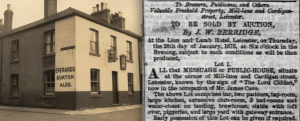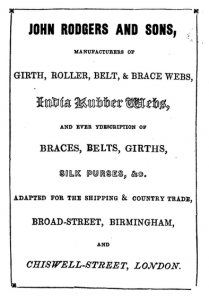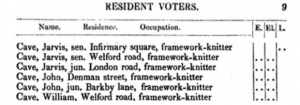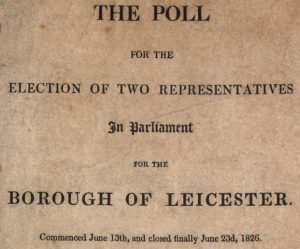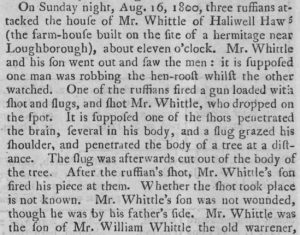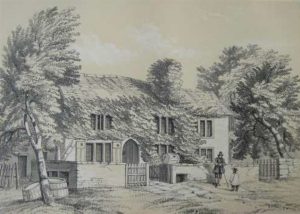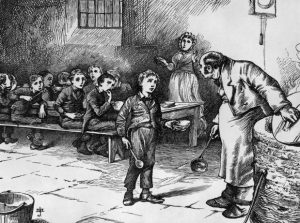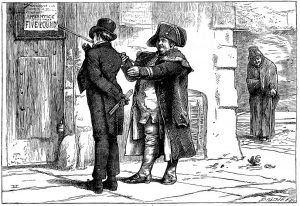Take a look at our latest Trading Stories, Working Lives article – John Collins, a woolcomber and taxidermist in Victorian Leicester.
 I recall my joy at first finding this photograph in the Leicestershire archives. It was taken in the early 1870s – a sunny street scene, captured at a time when photography was still a novelty. It shows St Nicholas Square in central Leicester, with Thornton Lane forking off to the right.
I recall my joy at first finding this photograph in the Leicestershire archives. It was taken in the early 1870s – a sunny street scene, captured at a time when photography was still a novelty. It shows St Nicholas Square in central Leicester, with Thornton Lane forking off to the right.
Study it in closer detail and you’ll start to spot fascinating details. A woman stands with her hands in her dirtied apron. Teenage lads line up in serried ranks beside the row of shops. And on the cobbles of Thornton Lane, a man stands, grasping his coat lapels.
There’s no record of who these people are. It’s remotely possible that my relatives could be amongst them. But what really captures my interest is the sense of place it gives me for my ancestors, John and Catherine Collins who lived a couple of doors down on the left-hand side of Thornton Lane.
Inspired by this photo, I set out to find out more about John Collins and in particular his work as a woolcomber and later a taxidermist just off St Nicholas Square.
Download the full story here: John Collins, a Victorian woolcomber and taxidermist

